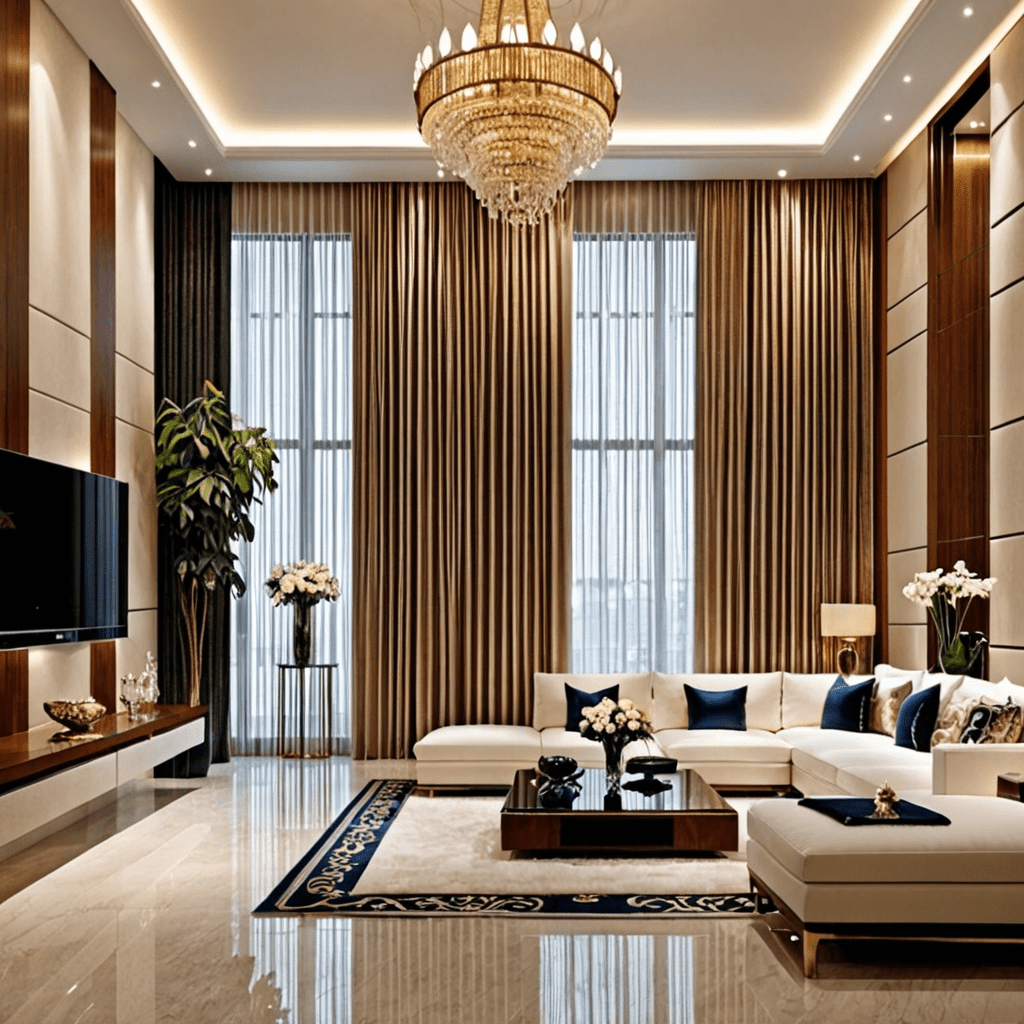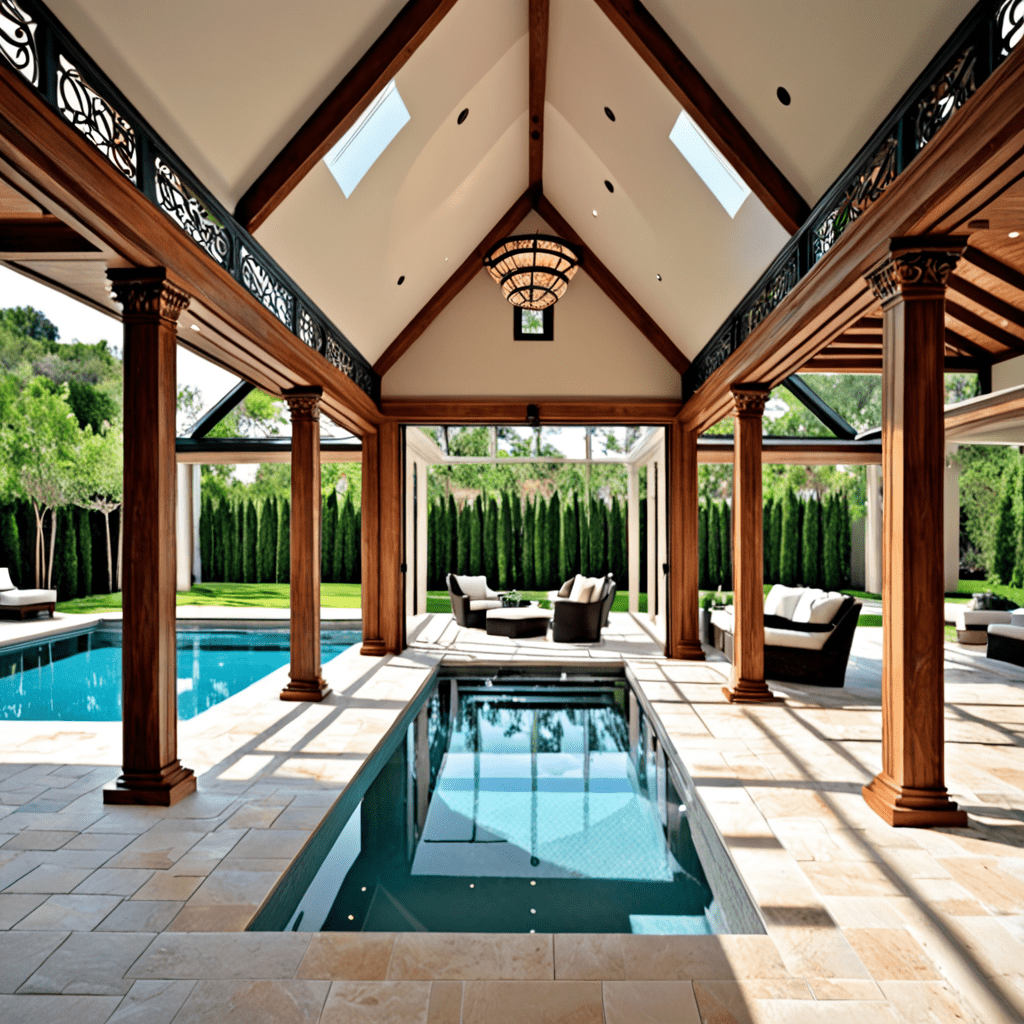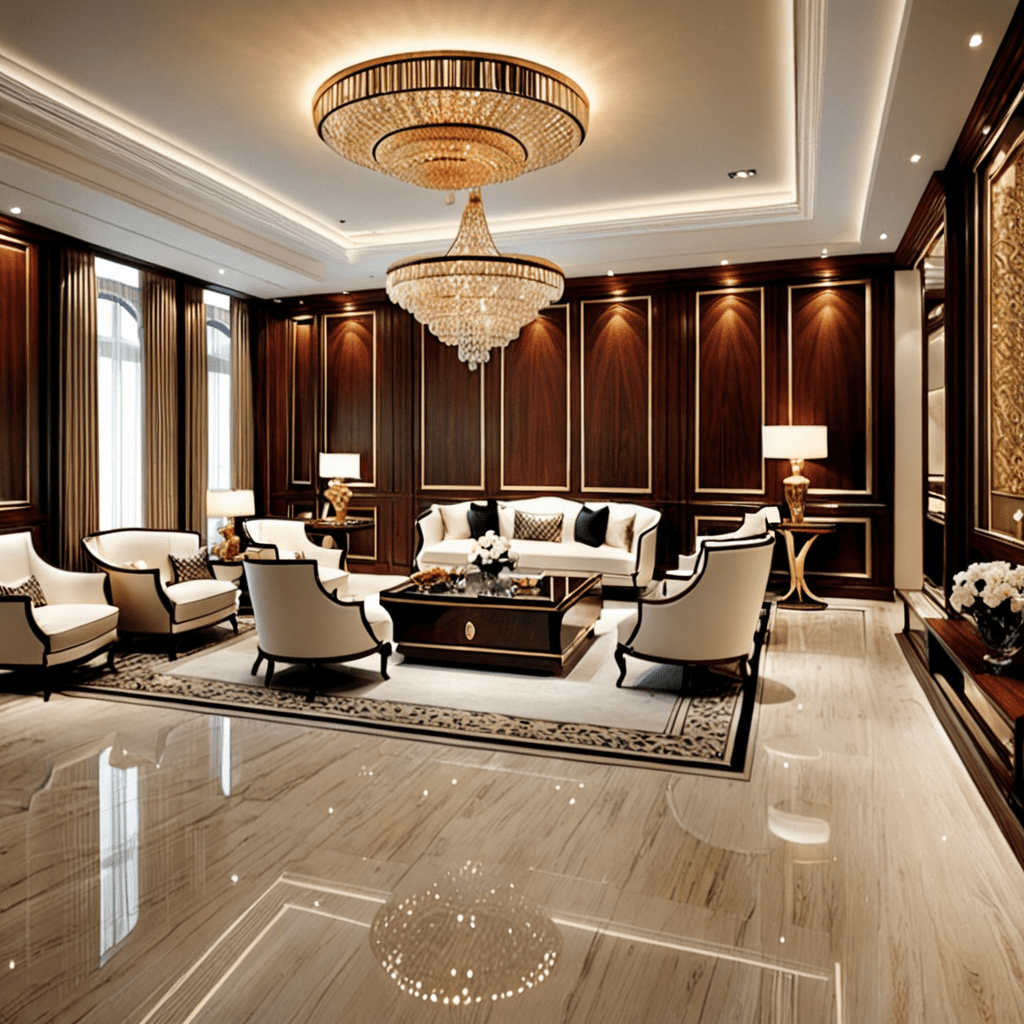Elevate Your Space: Embracing Vertical Lines in Interior Design


Elevate Your Space: Embracing Vertical Lines in Interior Design
Introduction
When it comes to interior design, the use of vertical lines is a powerful technique that can transform your space. Whether you want to create an illusion of height, add a sense of sophistication, or establish a harmonious balance, vertical lines can play a significant role in achieving your desired aesthetic. In this article, we will explore the concept of vertical lines in interior design and provide insights on how to effectively incorporate them into your home.
Understanding Vertical Lines
Before delving into the various ways to use vertical lines in interior design, it’s essential to understand what they are. In design, vertical lines refer to any element that creates a visual sense of height or upward movement. These lines can be represented through architectural features, furniture arrangements, patterns, and even artwork.
Creating the Illusion of Height
One of the primary advantages of vertical lines is their ability to make a room appear taller than it actually is. To achieve this effect, consider incorporating floor-to-ceiling curtains, tall bookshelves, or vertical stripes on walls. These elements draw the eyes upward, creating a vertical focal point that elongates the space and adds a sense of grandeur.
Emphasizing Verticality through Furniture Arrangements
Strategic placement of furniture can also enhance the verticality of a room. By opting for tall and slender pieces, such as high-backed chairs or floor lamps, you can create a vertical visual flow. Additionally, arranging furniture in a way that directs the eye upward, such as positioning sofas and chairs towards windows or artwork, can further accentuate the vertical lines in your space.
Establishing Balance with Vertical Patterns
Patterns play a vital role in interior design, and vertical patterns can bring a sense of harmony to your space. Vertical stripes on wallpaper or curtains can add dimension and create a balanced visual effect, especially when paired with contrasting horizontal elements. Experiment with textiles, rugs, and accents that incorporate vertical patterns to infuse your room with a touch of sophistication.
Frequently Asked Questions (FAQ)
Q: Can vertical lines work in small spaces?
A: Absolutely! Vertical lines are especially beneficial in compact spaces as they create a sense of height, making the room appear larger and more spacious.
Q: How can I incorporate vertical lines in a minimalist design?
A: In minimalist design, the focus is on simplicity and clean lines. To incorporate vertical lines, consider using floor-to-ceiling windows, a vertical gallery wall, or a tall plant to create a vertical focal point without compromising the overall minimalist aesthetic.
Q: Are vertical lines suitable for traditional interior styles?
A: Yes, vertical lines can work exceptionally well in traditional interior styles. By integrating elements like tall wainscoting, columns, or ornate drapery, you can enhance the elegance and classic appeal of a traditional space.
Q: Are there any alternatives to vertical lines for creating a sense of height?
A: While vertical lines are a popular choice for creating height, other design techniques can achieve similar effects. Consider using mirrors to visually expand the space, selecting furniture with slender legs to create an open feel, or incorporating vertical artwork and sculptures to draw the eyes upward.
Q: Can I combine vertical lines with other design elements?
A: Absolutely! Vertical lines can be seamlessly integrated with other design elements. Combining them with horizontal lines, curves, or diagonal patterns can create a dynamic and visually intriguing space.
Q: How many vertical elements should I incorporate?
A: The number of vertical elements you incorporate will depend on the overall aesthetic you want to achieve. Experiment with different elements, such as wall decor, furniture arrangements, and textiles, and find the balance that best suits your desired style.
Q: Can vertical lines be used in any room?
A: Yes, vertical lines can be used in any room, including living rooms, bedrooms, kitchens, and even bathrooms. Adapt the scale and intensity of the vertical elements to suit the specific space and the ambiance you want to create.
In conclusion, vertical lines are a versatile tool in interior design that can elevate your space. By understanding their potential and incorporating them strategically, you can create an aesthetically pleasing environment that reflects your style and maximizes the potential of your home.




